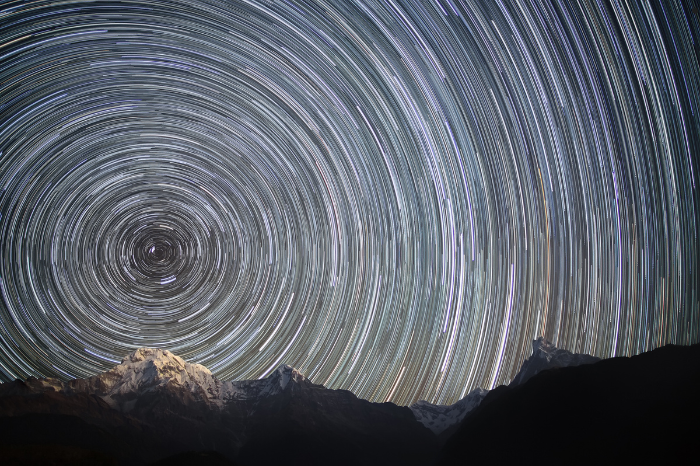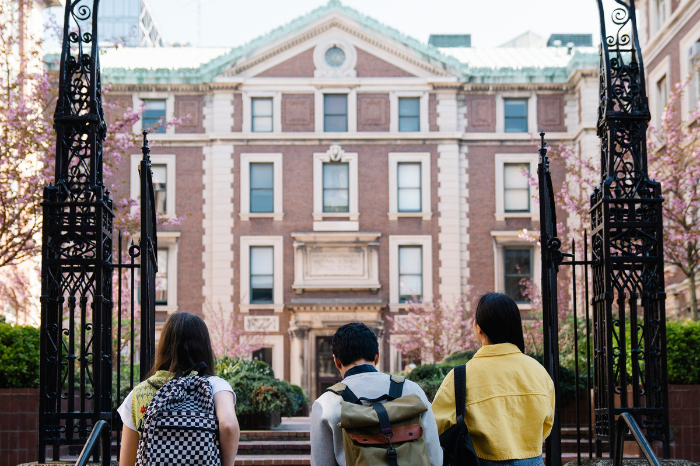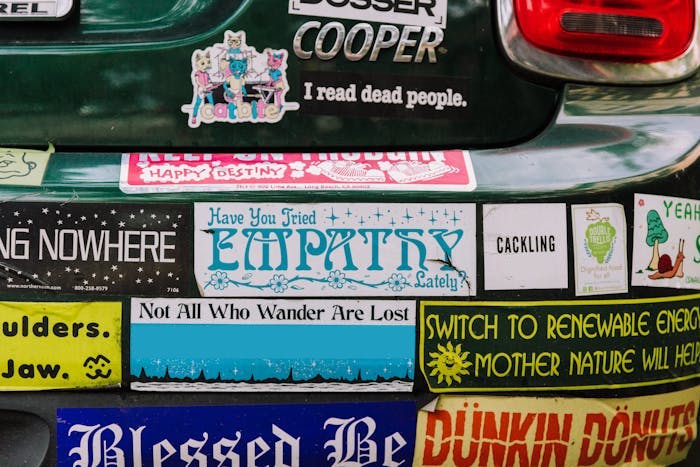It was his older brother who’d recommended the book, a tattered 1960s paperback packed with words and phrases like “whence” and “whither,” and winds “loosed in midpassage.” I looked at the first page and thought, Who in their right mind would read this?
My student, in his first year of high school, looked at it and said, “I’m in.”
The book, he admitted, had been dropped in his lap as a gauntlet, and he wanted to prove to himself (but mostly to his brother) that he could master it.
So since he was excited about it, off we went, wading through the philosopher Loren Eiseley’s The Unexpected Universe, a 1964 collection of existential essays. For the past year, my student and I had met for Creative Mentoring Sessions, and I’d been the one to pick his reading and writing assignments. He’d shown up weekly, curious to see what prompt we’d tackle next. This was the first time he’d arrived with inspiration of his own.
Cara shares her inspiration for this post.
We began with Eiseley’s first essay, mysteriously titled “The Ghost Continent,” which opens in prose we had to read a few times to take in.
Every man contains within himself a ghost continent — a place circled as warily as Antarctica was circled two hundred years ago by Captain James Cook …. [But every person who undertakes that voyage] will see strange shapes amidst his interior ice floes and be fearful of exposing to the ridicule of his fellows what he has seen.
The message (once we’d deciphered it) was provocative. Does every human really contain a “Ghost Continent”? Is it a destination we can ever reach? What did Eiseley mean by “ice floes”?
The prompt I gave my student — what is your ghost continent? — turned out to be an exceptionally difficult one.
Even a good outline is not a turn-by-turn map. Instead, it’s a general guide, and offshoots and byways, unseen at the start, always crop up. That means, even on a charted path, there’s more wayfinding to do.
For the next three months, I watched him circle his ghost continent’s outskirts, crashing up against obstacle after obstacle. This was not because he was lazy. It was because the question is hard — maybe the hardest one there is. Essentially, it asks what you care most about. What is your most coveted goal, one you pursue in the hopes you might achieve it? Something so important that you’re driven towards it even if you have a limited understanding of what it is.
As my student struggled, I wondered whether I, as a high school student, would have easily found and revealed my ghost continent? My student and I had spent a lot of time on the art of argument and the craft of sentence building. While he was certainly drawing on those lessons now, this was a lesson we hadn’t yet covered: the challenge of self reflection.
Learning to access vulnerability and then articulating it in words is a skill all its own, different from any academic venture. In school, we learn how to craft research papers, reports, and critiques. But personal essays — essays where we reveal something about ourselves — we often aren’t asked for those until we encounter college-application essays. And even then (or especially then), the idea of showing vulnerability … to college admissions officers … is not an intuitive “Yes!”
Here in our Creative Mentoring Sessions, my student had no admissions folk to impress. But he did face an important new question: what makes a personal essay … personal? My student had storytelling down. The beginning of his essay was full of detail and flair. But when it came to describing why the book spoke to him, he kept coming up with broad pat answers (Eiseley’s book was about the meaning of life; it was a study of the art of metaphor; it revealed that life, in all its glory, is short).
I could also see real frustration from my student as I pushed him to keep thinking. Shouldn’t this be easier to answer? In the past, he and I had made outlines for essays, and we’d done that for this one, too. But we also discussed how even a good outline is not a turn-by-turn map. Instead, it’s a general guide, and offshoots and byways, unseen at the start, always crop up. That means, even on a charted path, there’s more wayfinding to do.
As a writer, these are struggles I’m deeply familiar with. When I sit down to write personal essays, I often don’t know exactly what I want to say (this one included – this is version #4!); I just know I have an idea I want to explore. Draft after draft, I write to discern that destination more clearly, trying desperately to avoid obstacles of my own making: What if my writing isn’t as brilliant as I want it to be? What if my conclusion is trite? What if I can’t find anything original to say?
Getting past those obstacles? That takes patience. And often, without an assignment or a deadline, my journey falls victim to distraction. I have a whole file of unfinished promising pieces that crashed into my “ice floes.” Some have sunk to the bottom of the sea. Others languish atop the bergs, awaiting rescue.
And yet, experience also tells me something else: when I do complete the journey, I feel a kind of satisfaction I cannot find anywhere else. While I often start with a hazy sense of direction, I have done this enough to know that if I keep going, steering around the unhelpful thoughts, following the details of my experience, I will eventually understand what I have to say — and why I want to say it.
When I sent my student searching for his ghost continent, I wasn’t sure exactly what I would teach him during the voyage. But as I grew familiar with his personal obstacles, my goal became to help him engage with the process of discovery, to teach him to tolerate the discomfort of not knowing while continuing to move forward. I realized I was teaching him a particular kind of patience. The only way for him to learn that it would be rewarded was to stick with the project and push through until he’d found something that was his own to say.
If my student hadn’t picked out this text, I likely never would have come across it. But together, we both found something in it that was deeply compelling. For him, it was the discovery that a quest to best his brother had morphed into a chance to reconnect with him — an honest revelation, both to the reader and the writer.
And for me? I got to witness my student learn — by completing his own difficult passage — that in personal essays, it’s the seeking itself we’re pursuing. To uncover anything unique, we have to risk taking a voyage without clearly seeing the shores ahead. The joy for me — as a writer and a teacher — is in making progress, figuring out as we go what we’re really after.
Cara is Head of Coaching Operations and a Hillside coach.




